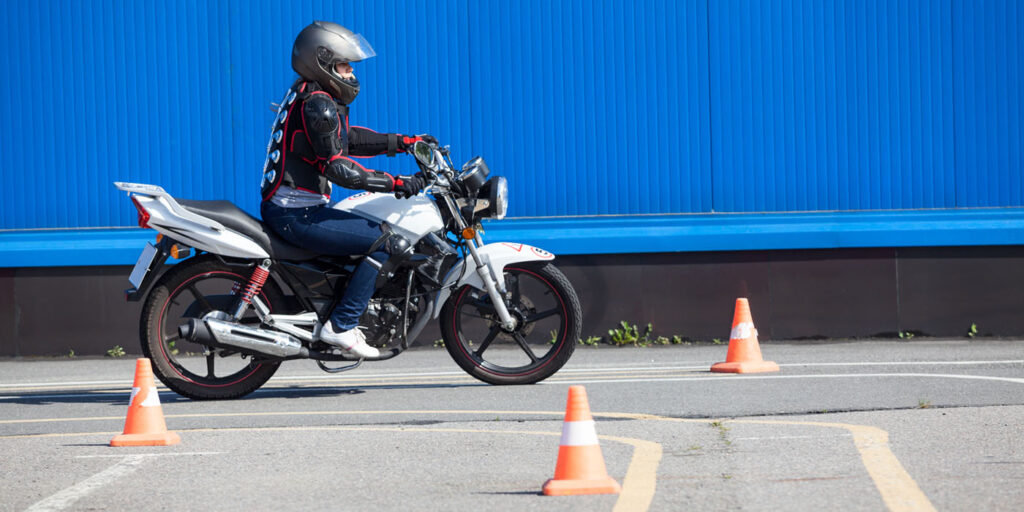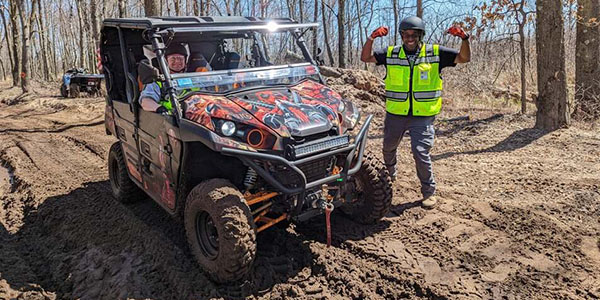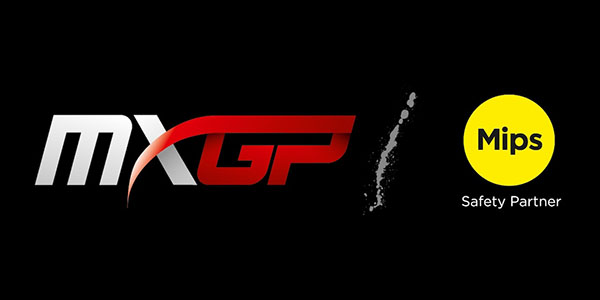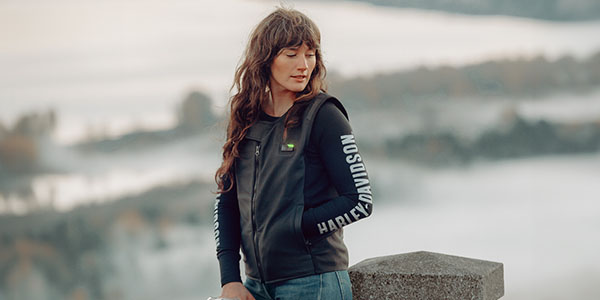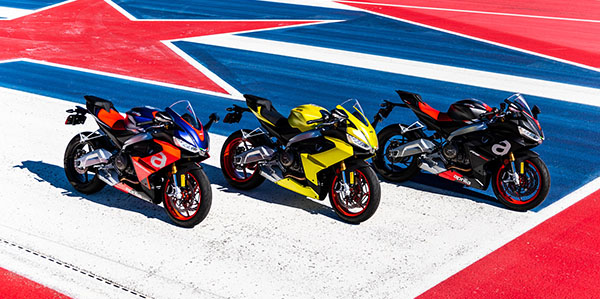My wife and I got married in October 2013, and one of the most generous gifts we received was a voucher for the motorcycle rider’s safety course at our local dealership. Now, I had dreamed of owning and riding a motorcycle for years, but my wife had not. She was, however, interested in riding and wanted to share in the experience. We had one thing in common though: We had never ridden a motorcycle up until then.
Taking the course together was a great experience for both of us. We were able to cheer each other on and share what we had learned with one another. We both look back on the experience as hugely beneficial for us both.
Our Experience
Over the course of the winter, we both took the written test at our local bureau of motor vehicles (BMV) and booked our dates for the safety course.
We were both pretty green when we showed up for the course on a Saturday morning. I had ridden a three-wheeled Can Am Spyder in the past and had driven stick shift cars for years; my wife had never ridden a motorcycle at all and had only driven my stick shift Honda Civic on a few occasions.
But by the end of the rider’s safety course the following day, both my wife and I were licensed to ride a motorcycle! Think about that for a minute: Just one day prior to this, my wife didn’t know how to even start a motorcycle, and one day later she had her license.
I bring up this point to illustrate that these courses are meant for riders of any skill level. Don’t be afraid to take part in one solely because you’ve never ridden before; you will not be the only beginner in the class.
What Do You Need to Bring?
No motorcycle riding experience is required, but if you can already balance and ride a bicycle, that’s helpful.
You’ll need to obtain a two-wheel rider’s permit (temporary motorcycle license) before attending the course. This usually means passing a written test at your local BMV.
The rider’s safety course provider may have motorcycles for you to ride during the class. My wife rode a Honda Rebel 250, and I rode a Suzuki TU250. These smaller bikes are lightweight and easy to ride while you learn the basics.
Plan to bring some basic riding gear with you to the class. Gear requirements will likely vary from state to state. For example, Ohio requires you to bring:
- DOT-approved helmet
- Eye protection
- Sturdy, over-the-ankle footwear (I wore my leather 8-inch work boots)
- Full-fingered gloves
- Long pants without holes (jeans are usually acceptable)
- Long-sleeved shirt or jacket.
There are some things which are not on the requirement list but should still be considered before attending the course:
- Check the weather forecast ahead of time. They won’t cancel class for rain, so it’s a good idea to buy wet gear if rain is expected.
- Dress appropriately for the season. If it’s going to be cold, you should wear layers. If the sun will be out, you should pack a pair of polarized sunglasses. Personally, I really dislike having to squint in the sunlight.
- Don’t be afraid to pack a lunch or snack. You’ll probably be there most of the day. Bring water or electrolyte drinks — you’ll be sweating in your gear!
- Bring a chair. It may also be a good idea to bring a small, portable camping chair to sit on during breaks.
What Will You Learn?
According to the Ohio Basic Rider Skills website, the rider’s safety course will help to teach you the following:
- The mental skills needed for safe riding
- The physical skills needed for safe riding.
There’s a very good reason why these two skills are listed separately. It’s one thing to know what you need to do to ride a motorcycle; it’s a lot harder to physically put it into practice when you’re just getting started.
Riders can be nervous when they start riding, and that nervousness can lead to dangerous situations out on the road. You’ll have ample opportunity to learn the techniques and put them into practice in a safe environment.
Your safety and comfort are the top priorities for the instructors. Don’t be afraid to ask questions, even if you think it’s a silly one. I can almost guarantee they’ve heard it asked before.
What Should You Expect?
The rider’s safety course will likely start with an introduction to the motorcycle, what each control does, etc. Next, it should cover starting and stopping the bike as well as how to use the friction zone of the clutch. Then it’s time to learn how to maintain speed with throttle control, how to shift gears and how to turn the bike.
More advanced skills will be reviewed as the group progresses. These include controlling the bike in tight spaces, braking/swerving in an emergency and how to interact with traffic on the road.
The instructors will have you practice all of these skills to help prepare you for the final challenge in the course: the on-bike evaluation. That’s right — before the course ends, you will have an opportunity to take the motorcycle license test, and if you pass, you’ll walk out the door with a waiver form. Take this waiver form to your BMV, and you’ll officially be a licensed motorcycle rider.
You Will Learn Something New
Seasoned riders will tell you that the bike will go toward whatever you’re looking at. I experienced it myself about a month after I got my license.
While I was going around a corner in my town, my eyes locked onto a small curb. I knew that I really didn’t want to hit that curb, but I didn’t look away from it, and guess what? I jumped it and drove up into someone’s front yard.
Not my proudest moment, but I kept the bike upright, I wasn’t hurt (other than my pride), and it was a good learning experience. Thanks to the rider’s course, I knew exactly what I had done wrong and how to avoid it in the future.
Looking back on that first year on a motorcycle, every error I made and every close call I can remember was a learning opportunity. There’s no doubt in my mind that I’m a better rider today because of what I learned at the rider’s course.
If you’ve thought about venturing into the motorcycling world, or if you’re returning to it after some time away, I would encourage you to look for a rider’s safety course at your local motorcycle dealer or BMV. After all, knowledge is power, right?

